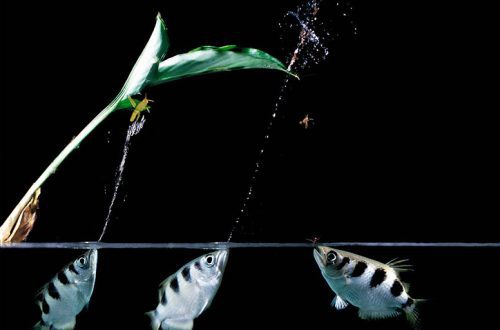
Aspidoras catfish
Catfish Aspidoras, scientific name Aspidoras pauciradiatus, belongs to the family Callichthyidae. Great for almost any community aquarium. Differs unpretentiousness to the diet, unpretentious to the conditions of detention, compatible with most other small species of fish. The disadvantages with a big stretch include an inexpressive color, but there is no other among catfish.

Contents
Habitat
It comes from a limited region of the upper basin of the Araguay River in modern Brazil, flowing south of the Amazon through subequatorial and evergreen gallery forests.
Brief information:
- The volume of the aquarium – from 40 liters.
- Temperature – 20-28°C
- Value pH — 6.0–7.0
- Water hardness – soft (2-12 dGH)
- Substrate type – sandy
- Lighting – subdued or moderate
- Brackish water – no
- Water movement – light or moderate
- The size of the fish is up to 3,5 cm.
- Meals – any
- Temperament – peaceful
- Keeping in a group of 3-4 individuals
Description
Adult individuals reach a length of about 3 cm. The coloration is light with numerous black specks all over the body, the pattern also continues on the tail and fins. There are several antennae near the mouth, with which the catfish searches the bottom in search of food. Sexual dimorphism is weakly expressed, males and females are practically indistinguishable from each other.
Food
Accepts all types of popular dry, frozen and live foods in suitable sizes. The only condition is that they must be sinking. A varied diet has a positive effect on the well-being of fish and their appearance.
Maintenance and care, arrangement of the aquarium
The optimal size of the tank for a small group of fish starts from 40-50 liters. The main emphasis is on the substrate, it is necessary to use soft sandy soil or fine gravel. The rest of the design of the aquarium is not essential and adapts to the needs of other fish. It is recommended to organize several shelters in the form of snags or other decorative items, which becomes especially important if Catfish Aspidoras is kept together with large species.
Acceptable water conditions have slightly acidic pH values with low carbonate hardness, comfortable temperatures are in the range of 20–27°C. Sensitive to water quality, provide a productive filtration system, as well as regularly clean the substrate from organic waste and weekly replace part of the water (15-20% of the volume) with fresh water.
Behavior and Compatibility
Peaceful friendly species, gets along well with other small fish of similar temperament. Keeping in a group of 4-6 individuals, one by one they become shy, prone to stress and, as a result, may refuse to eat, hide in a corner.
Breeding / breeding
Getting offspring of Catfish Aspidoras at home does not require much effort, fry can appear at any time throughout the year. However, the breeding process can be somewhat systematized, for example, spawning is stimulated by a gradual decrease in water temperature to 20–22 ° C for several days and its subsequent maintenance at this level; a large amount of live or frozen food is included in the diet. Such actions remotely mimic the onset of the rainy season, which in the wild coincides with the breeding season of this species.
Eggs should be placed in a separate tank, a three-liter jar is enough, with identical water conditions, to protect them from being eaten by other fish.
Fish diseases
The main cause of most diseases is unsuitable living conditions and poor-quality food. If the first symptoms are detected, you should check the water parameters and the presence of high concentrations of hazardous substances (ammonia, nitrites, nitrates, etc.), if necessary, bring the indicators back to normal and only then proceed with treatment. Read more about symptoms and treatments in the Aquarium Fish Diseases section.





